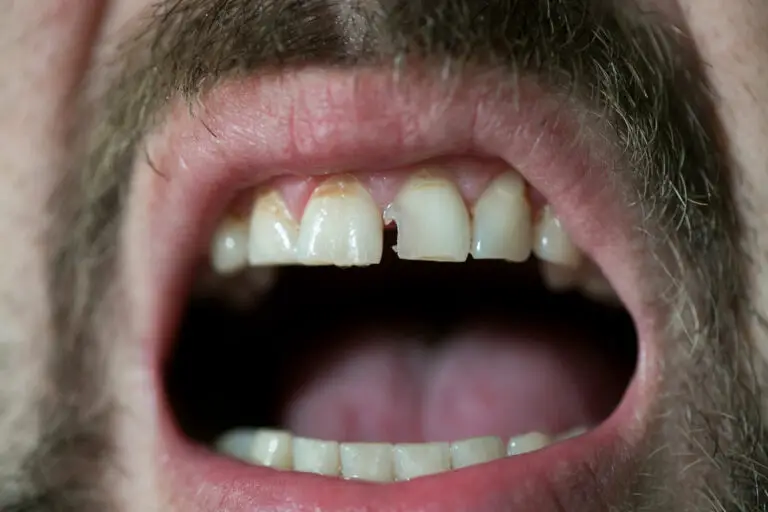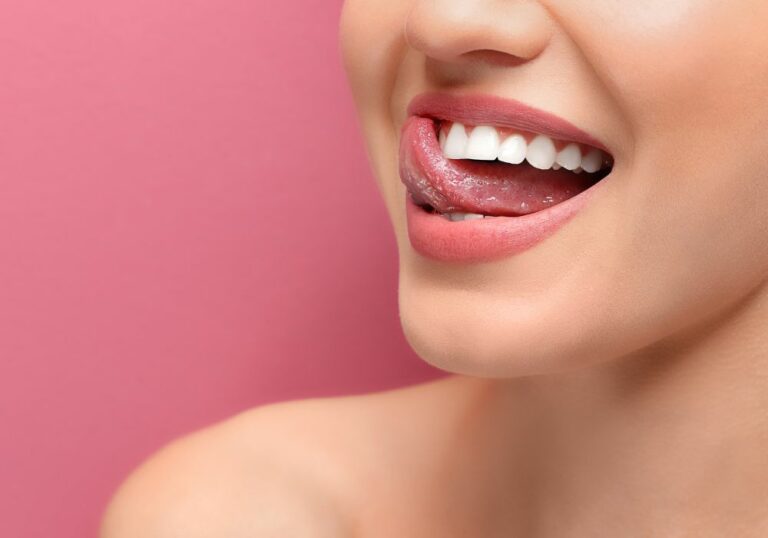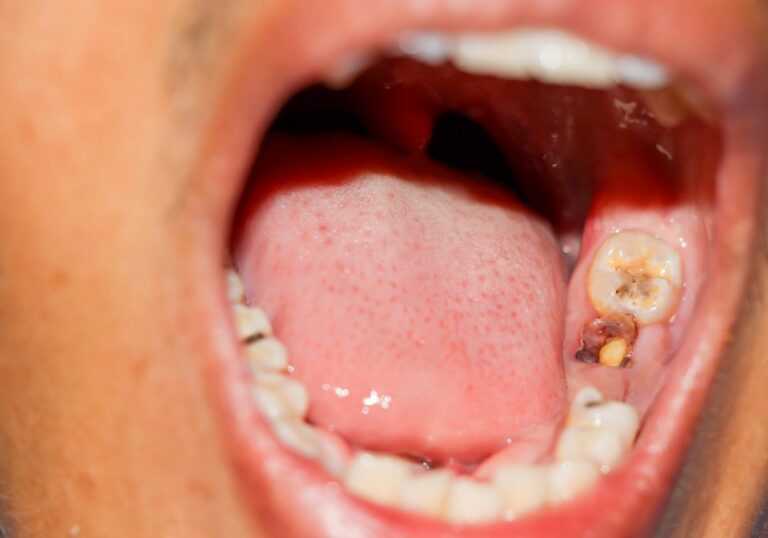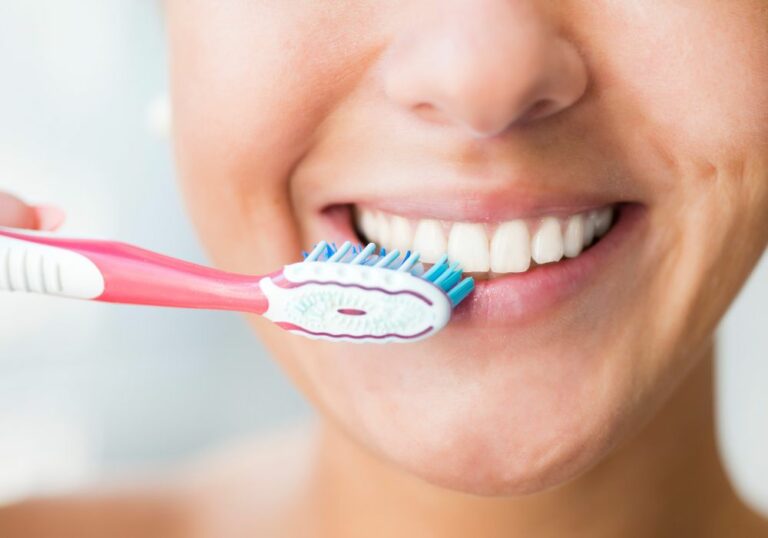Are you wondering how white your teeth should be? Many people desire a bright, white smile, but it can be difficult to determine what shade is ideal. Factors such as age, genetics, and lifestyle habits can all affect the natural color of your teeth, making it important to understand what level of whiteness is achievable and healthy for your individual situation.
While there is no one-size-fits-all answer to how white your teeth should be, there are general guidelines that can help you make an informed decision. Dentists typically use a shade guide to determine the current color of your teeth and recommend a target shade based on your preferences and oral health. It’s important to note that teeth that are too white can look unnatural and may even indicate overuse of whitening products, which can damage tooth enamel and cause sensitivity.
In this article, we’ll explore the various factors that can impact tooth color, the different options for achieving a whiter smile, and how to determine the ideal shade for your teeth. By understanding the basics of teeth whitening and what to expect from the process, you can make an informed decision about how to brighten your smile safely and effectively.
Understanding Teeth Color
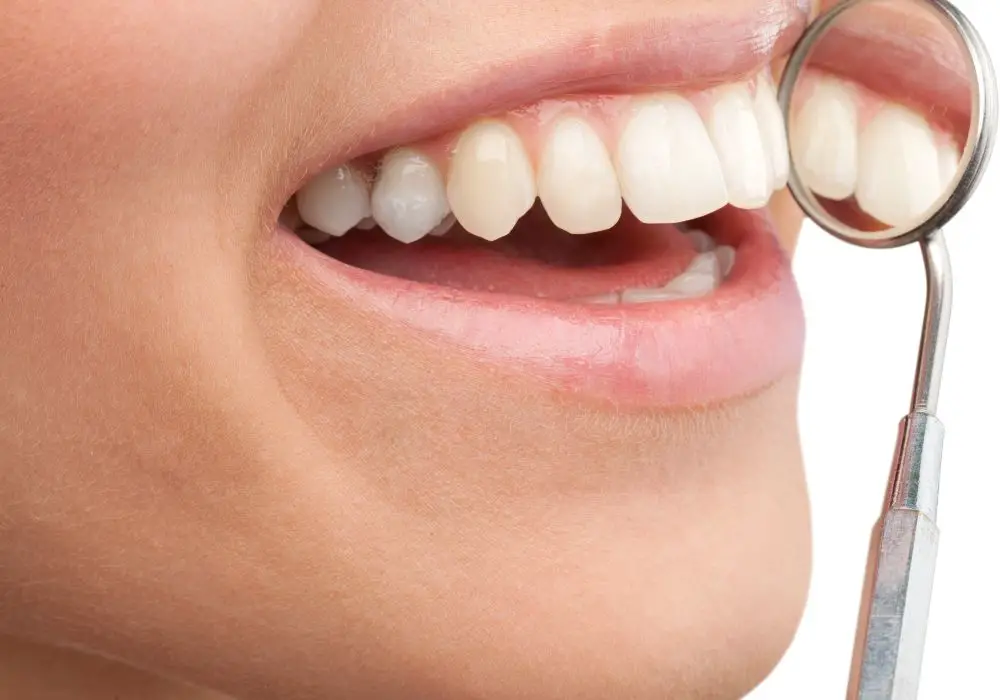
Natural Color of Teeth
The natural color of teeth varies from person to person and can range from off-white to yellowish-brown. Teeth are made up of several layers, including the enamel, dentin, and pulp, which all contribute to the overall color of the tooth. Enamel, the outermost layer of the tooth, is typically translucent and can appear to be any color depending on the underlying dentin layer. Dentin, the layer beneath the enamel, can range from yellow to gray in color. The pulp, the innermost layer of the tooth, is typically yellowish in color.
Factors Affecting Teeth Color
Several factors can affect the color of your teeth, including:
- Genetics: Some people are born with naturally whiter teeth than others.
- Age: As you age, your teeth can become darker and yellowish due to wear and tear and the accumulation of surface stains.
- Diet: Certain foods and drinks, such as coffee, tea, red wine, and dark-colored berries, can stain your teeth over time.
- Smoking: Smoking can cause yellowish-brown stains on your teeth and can also contribute to gum disease and tooth decay.
- Medications: Certain medications, such as tetracycline and doxycycline, can cause grayish-brown stains on your teeth.
It’s important to note that while teeth whitening treatments can help brighten your teeth, they cannot change the natural color of your teeth. It’s also important to practice good oral hygiene habits, such as brushing and flossing regularly and visiting your dentist for regular cleanings, to help maintain the natural color of your teeth.
The Perception of White Teeth
When it comes to teeth, there is a lot of emphasis on the color. White teeth are often associated with good oral health, attractiveness, and success. But how white should teeth be? Let’s explore the societal views and media influence on the perception of white teeth.
Societal Views
Society has a significant impact on our perception of beauty. White teeth have become a symbol of health and beauty. People with whiter teeth are often perceived as more attractive, successful, and confident. This perception has led to an increase in demand for teeth whitening products and procedures.
However, it is essential to note that the definition of “white teeth” varies from person to person. The natural color of teeth can range from yellowish to grayish-white, depending on factors such as genetics, age, and lifestyle habits. Therefore, it is essential to understand that the ideal shade of white teeth is subjective and varies from person to person.
Media Influence
The media plays a significant role in shaping our perception of beauty. Advertisements for teeth whitening products and procedures often feature models and celebrities with bright, white teeth. This portrayal creates an unrealistic standard of beauty and puts pressure on people to achieve the same level of whiteness.
It is crucial to understand that many of these advertisements use photo editing software to enhance the whiteness of the teeth. Therefore, the images we see in the media are often not an accurate representation of reality.
In conclusion, the perception of white teeth is influenced by societal views and media portrayal. While white teeth are often associated with attractiveness and success, it is essential to understand that the definition of “white teeth” varies from person to person. It is crucial to focus on maintaining good oral health rather than achieving a specific shade of whiteness.
Teeth Whitening Methods

If you’re looking to brighten your smile, there are several teeth whitening methods available. Here are some of the most common options:
Professional Teeth Whitening
Professional teeth whitening is typically done in a dental office. Your dentist will apply a bleaching agent to your teeth and use a special light to activate it. This process usually takes about an hour and can lighten your teeth by several shades.
Professional teeth whitening is generally considered safe and effective. However, it can be expensive, with costs ranging from a few hundred to several thousand dollars. Additionally, some people may experience tooth sensitivity or gum irritation after the treatment.
At-Home Whitening Kits
At-home whitening kits are a more affordable option than professional teeth whitening. These kits typically include a bleaching gel and trays that you wear over your teeth. You’ll need to wear the trays for a certain amount of time each day, usually for a week or two.
At-home whitening kits can be effective, but they may not produce results as quickly or dramatically as professional teeth whitening. Additionally, some people may experience tooth sensitivity or gum irritation from the bleaching gel.
Natural Teeth Whitening Methods
If you prefer a more natural approach to teeth whitening, there are several options available. Here are a few:
- Oil pulling: Swishing coconut oil or another oil in your mouth for several minutes each day can help remove surface stains on your teeth.
- Baking soda: Brushing your teeth with baking soda can help remove surface stains and make your teeth appear whiter.
- Fruit peels: Rubbing the inside of a banana or orange peel on your teeth can help remove surface stains.
While natural teeth whitening methods may be less expensive and gentler on your teeth, they may not produce results as quickly or dramatically as other methods. Additionally, some natural methods may not be as effective as they claim to be.
Overall, the best teeth whitening method for you will depend on your budget, the severity of your stains, and your personal preferences. It’s always a good idea to talk to your dentist before trying any teeth whitening method to ensure that it’s safe and appropriate for you.
Risks and Considerations
Potential Side Effects
Whitening your teeth can cause some potential side effects, such as gum irritation and increased tooth sensitivity. These side effects are usually temporary and can be minimized by following the instructions provided by your dentist or the whitening product manufacturer. Overuse of whitening products can also cause damage to your tooth enamel, so it’s important to use them as directed.
When Whitening Isn’t Recommended
Whitening your teeth may not be recommended if you have certain dental conditions or if you are pregnant or breastfeeding. Your dentist can advise you on whether whitening is safe for you. Additionally, if you have tooth-colored fillings, crowns, or veneers, they will not be affected by whitening treatments. This can result in uneven coloration in your teeth, so it’s important to discuss your options with your dentist.
It’s also important to note that whitening treatments are not permanent and may need to be repeated periodically to maintain the desired level of whiteness. Additionally, if you have poor oral hygiene habits or consume staining substances such as coffee or tobacco, your teeth may become discolored again more quickly.
Overall, whitening your teeth can be a safe and effective way to improve the appearance of your smile. However, it’s important to consider the potential risks and to discuss your options with your dentist to determine the best course of action for you.
Maintaining White Teeth
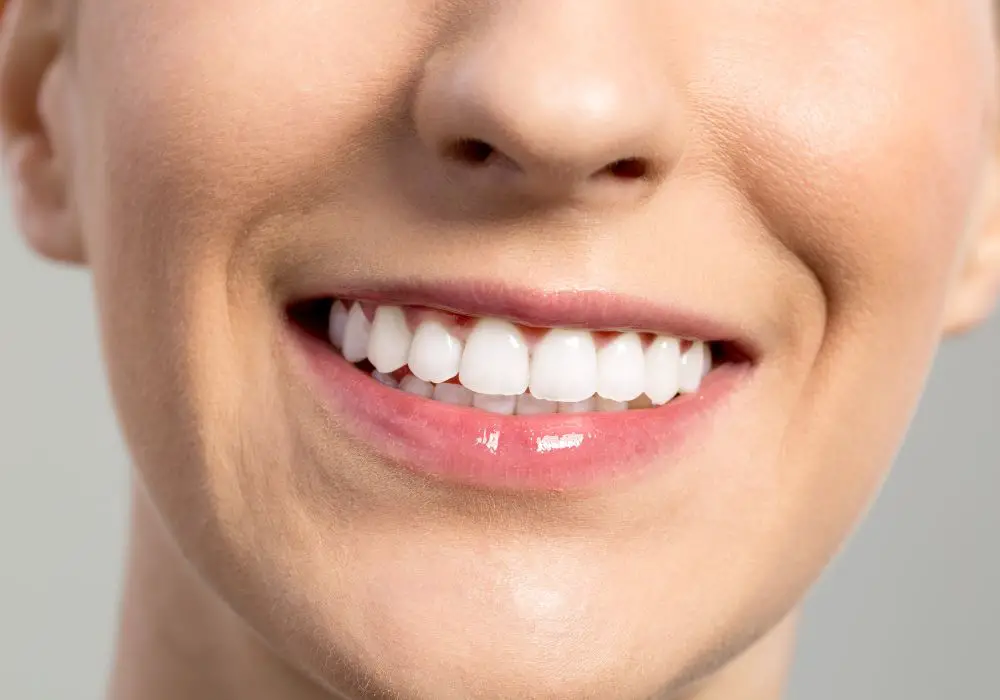
To keep your teeth looking white and healthy, it’s important to practice good oral hygiene and make certain dietary considerations. Here are some tips to help you maintain your pearly whites.
Oral Hygiene Practices
Brushing and flossing regularly are key to maintaining white teeth. Brush your teeth at least twice a day, for two minutes each time, using a fluoride toothpaste. Be sure to brush all surfaces of your teeth, including the fronts, backs, and chewing surfaces. Floss at least once a day to remove plaque and food particles from between your teeth.
In addition to regular brushing and flossing, consider using a mouthwash to help kill bacteria and freshen your breath. Look for a mouthwash that contains fluoride to help strengthen your teeth and prevent cavities.
Dietary Considerations
The foods and drinks you consume can have a big impact on the color of your teeth. Avoid foods and drinks that are known to stain teeth, such as coffee, tea, red wine, and dark sodas. If you do consume these beverages, try using a straw to minimize contact with your teeth.
In addition to avoiding stain-causing foods and drinks, be sure to eat a balanced diet that includes plenty of fruits and vegetables. These foods are high in fiber, which can help scrub away plaque and keep your teeth looking clean.
Finally, consider chewing sugar-free gum after meals to help stimulate saliva production. Saliva is important for neutralizing acids in your mouth and washing away food particles that can cause staining.
By following these simple tips, you can help keep your teeth looking white and healthy. Remember to practice good oral hygiene and make smart dietary choices to maintain your beautiful smile.
Frequently Asked Questions
What is considered a healthy shade for teeth?
A healthy shade for teeth is generally considered to be a shade of white that is natural and not overly bright. Teeth that are too white can look fake and unnatural. The shade of your teeth can vary depending on your genetics, age, and lifestyle. Generally, teeth that are slightly yellowish or off-white are considered healthy and natural-looking.
How can I naturally whiten my teeth?
There are several natural methods you can try to whiten your teeth, such as brushing with baking soda, using hydrogen peroxide, or oil pulling with coconut oil. However, it’s important to note that these methods may not be as effective as professional teeth whitening treatments and may take longer to see results.
What are the risks of over-whitening teeth?
Over-whitening your teeth can lead to tooth sensitivity and damage to the enamel. It’s important to follow the instructions on any teeth whitening products you use and to consult with a dentist before undergoing any professional teeth whitening treatments.
What are the different shades of teeth?
Teeth can come in a range of shades from yellowish to grayish to reddish-brown. The shade of your teeth can also change over time due to aging, genetics, and lifestyle factors such as smoking and drinking coffee or wine.
Can teeth whitening damage enamel?
Teeth whitening can damage enamel if it’s done improperly or too frequently. It’s important to follow the instructions on any teeth whitening products you use and to consult with a dentist before undergoing any professional teeth whitening treatments.
How can I maintain the whiteness of my teeth?
You can maintain the whiteness of your teeth by practicing good oral hygiene, such as brushing and flossing regularly, avoiding foods and drinks that stain your teeth, and undergoing regular dental cleanings. You can also use whitening toothpaste or mouthwash to help maintain the brightness of your teeth.

